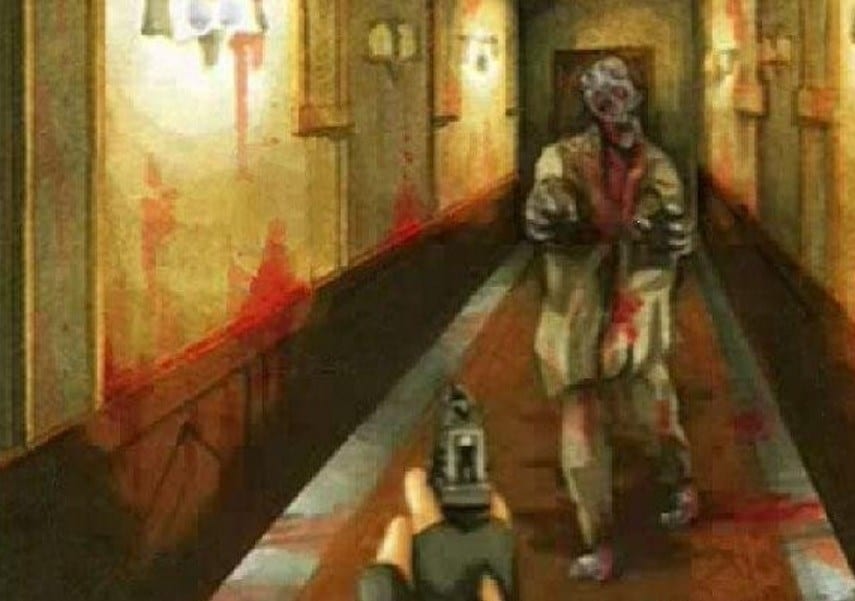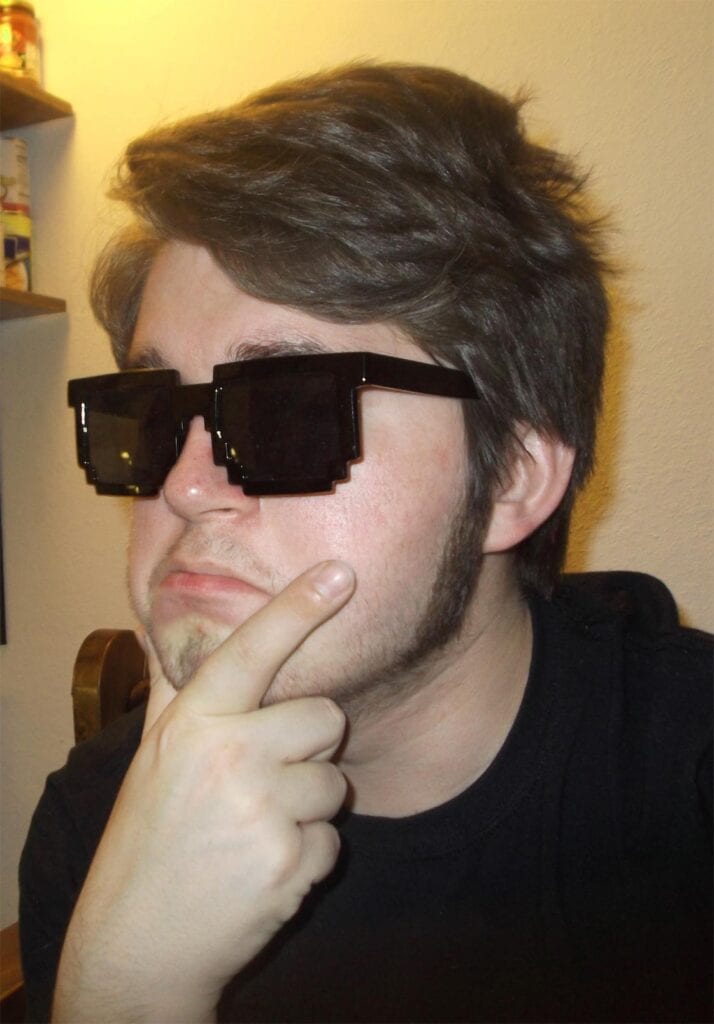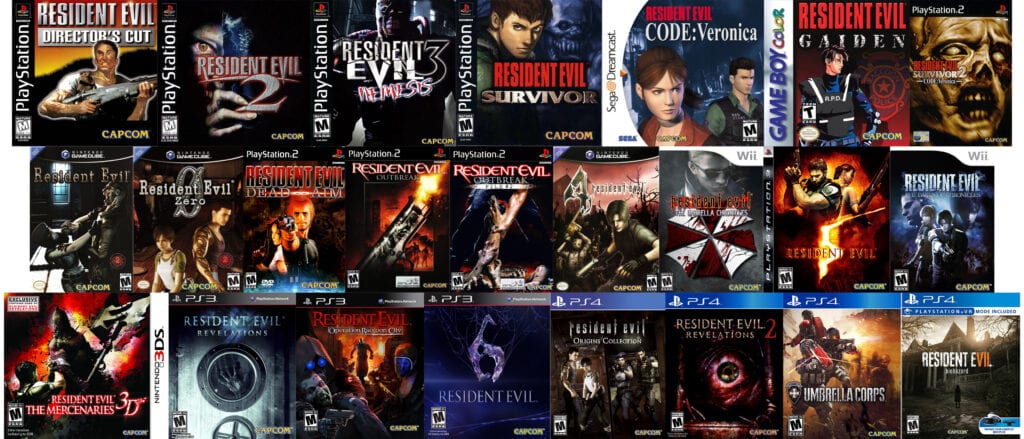Throwback Thursday: Resident Evil – Home Sweet Horror (VIDEO)

Let’s throw back to March 30th, 1996, when Resident Evil released for the original PlayStation. The game brought the concept of survival horror to the mainstream, terrifying the masses with its grotesque monsters and tense, atmospheric gameplay. Resident Evil received high marks for its ability to both scare and innovate, going on to spawn publisher Capcom’s biggest overall gaming franchise.
Background
The origins of Resident Evil can be traced back to the 1989 NES game Sweet Home, a horror title based on a creepy Japanese film of the same name. The game, headed by Capcom designer Tokuro Fujiwara, had players navigate an intricate mansion in order to escape the wrath of supernatural monsters. A number of years after Sweet Home‘s release, Fujiwara expressed desire to remake his earlier work for the more powerful Super Nintendo hardware, building upon the foundation of the original experience.
As development began with designer Shinji Mikami at the helm, plans were eventually dashed for a Sweet Home remake, but many of the title’s innovative gameplay and storytelling ideas were heavily incorporated into the new project. The monster-inhabited mansion setting and an emphasis on puzzle-solving were the most major elements to have been carried over. It wasn’t long after this decision when development switched to the disk-based PlayStation console, as it presented new 3D gaming opportunities that the SNES wasn’t able to provide.
One of the 3D ideas pursued for the game that would become “Biohazard“, was a first-person perspective originally designed to resemble Sweet Home‘s battles. Upon discovering the 1992 horror game Alone in the Dark, Mikami would be instantly inspired to adopt the game’s unique fixed-camera system to better emphasize a cinematic atmosphere. The film-esqe presentation was only one of the few overt influences in the game, as the setting also pays homage to The Overlook Hotel from The Shining, and the zombie stylings of filmmaker George Romero.

When attempting to localize to the Western region, the original title “Biohazard“was not available for trademark at the time, as the moniker already belonged to the DOS game Bio-Hazard Battle. To decide a new one, an internal contest was held at Capcom that eventually selected “Resident Evil” as the winning title. The alternative naming trend continued to be in use for all subsequent Western re-releases and follow-ups, continuing into the modern day.
Gameplay
Resident Evil‘s premise somewhat follows that of Sweet Home, following one of either Chris Redfield or Jill Valentine as they use their unique abilities to investigate and escape a large, mysterious mansion. As members of the Raccoon City police force Special Tactics And Rescue Service, players are tasked with locating fellow members of S.T.A.R.S. after losing contact with them following a series of violent murders. Little does the team know of horrifyingly evil residents that dwell within the house.
The focus of Resident Evil‘s gameplay is to solve puzzles, collect keys, and survive the onslaught of monsters that lurk around the mansion. These enemies found in the game can range from mutant dogs, flesh-eating zombies, to even a large plant monstrocity called Plant 42. While the team is able to pack firepower to defend against these beasts, resources are very limited, forcing players to pick and choose when to use and not use ammunition. Other items such as first-aid and the ability to save progress are also spread pretty sparse, further adding to the “survival” part of the horror game.
While the majority of the suspenseful story is well-represented in the gameplay, various points of the game also feature full motion video as well as voice acting by American voice actors. Likely because of the vast language barrier, Resident Evil‘s English localization is notable for being particularly awkward, with dialogue oftentimes becoming an unintentional source of humor. In an instance of irony, designer Shinji Mikami would not include the planned Japanese voice cast in the original game due to their recorded performances not being considered very great.
Legacy
Resident Evil‘s mastery of the survival horror genre would spawn a number of sequels, spin-offs, remakes, and even live-action film adaptations. A sequel arrived in 1998, where the action would move into Raccoon City, while a third game would further continue in spreading the mutant infection. Further installments fought monsters in other unique settings such as rural Spain and Africa, with increasing reliance on action gameplay over tense scares. The main series would see return to its terrifying abandoned house roots in 2017’s Resident Evil 7: Biohazard, where the perspective would also finally shift into the first-person.
What’s your opinion of Resident Evil? Let us know in the comments below and be sure to follow Don’t Feed the Gamers on Twitter to be informed of the latest gaming and entertainment news 24 hours a day! Also, be on the lookout for the next Throwback Thursday where we’ll highlight yet another title from gaming past. For entries from previous weeks, check out these next few links below:

Eric Hall2712 Posts
Phone-browsing Wikipedia in one hand and clutching his trusty controller in the other, the legendary Eric Hall spreads his wealth of knowledge as a writer for Don't Feed the Gamers. Be sure to catch his biweekly "Throwback Thursday" segment for a nostalgic look at trivia from the past.










